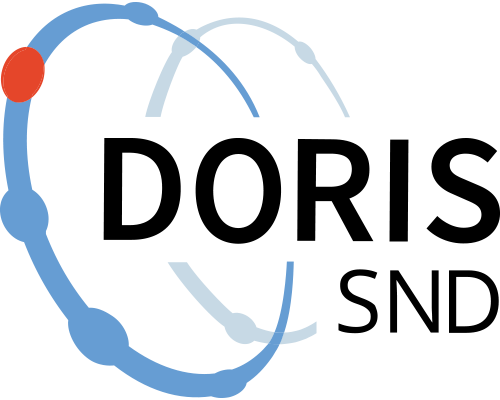Atmospheric horizontal gradients measured with eight co-located GNSS stations and a microwave radiometer
https://doi.org/10.5878/14a7-f035
We have used eight co-located GNSS stations, with different antenna mounts, to estimate atmospheric signal propagation delays in the zenith direction and linear horizontal gradients. The gradients are compared with the results from a water vapour radiometer (WVR). Water drops in the atmosphere has a negative influence on the retrieval accuracy of the WVR. Hence we see a better agreement using WVR data with a liquid water content (LWC) less than 0.05mm compared to when LWC values of up to 0.7mm are included. We have used two different constraints when estimating the linear gradients from the GNSS data. Using a weak constraint enhances the GNSS estimates to track large gradients of short duration at the cost of increased formal errors. To mitigate random noise in the GNSS data, we adopted a fusion approach averaging estimates from the GNSS stations. This resulted in significant improvements for the agreement with WVR data, a maximum of 17% increase in the correlation and a 14% reduction in the root-mean-square (rms) difference for the east gradients. The corresponding values for the north gradients are both 25%. Overall, no large differences in terms of quality were observed for the eight GNSS stations. However, one station shows slightly poorer agreement for the north gradients compared to the others. This is attributed to the station's proximity to a radio telescope, which causes data loss of observations at low elevation angles in the south-south-west direction.
Data files
Data files
Documentation files
Documentation files
Citation and access
Citation and access
Data access level:
Creator/Principal investigator(s):
- Tong Ning - The Swedish Mapping, Cadastral and Land Registration Authority
Research principal:
Data contains personal data:
No
